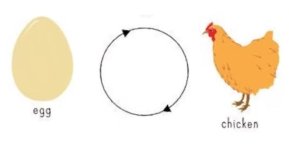I guess since we're on the subject of signals and power, here's another few things most might not know:
1. You are taught you need a return path for current to close a circuit. In other words, current flow from one terminal of a battery, thru the load (eg. lightbulb), and then returning to the opposite terminal of the battery through another wire. Closed circuit, so to speak. But it's actually possible to send electrical power down a tube or a square duct, like running water in a pipe, when the frequency is sufficiently high to shrink the wavelength below about 2 pipe diameters or duct widths. In simplest terms, this works because the voltage on one side of the duct or pipe is different than the other, due to the very short wavelength, and so even though connected by the circumference of the tube or duct, opposite walls of the duct act as separate wires with reverse current flow. There is a lower cutoff frequency to this behavior, but no upper cutoff, you just get more and more modes of propagation as frequency increases and wavelength shrinks, for a given tube size.
2. Energy is reflected from loads, any time a circuit is electrically long enough to be some noticeable fraction of a wavelength. This problem was first noticed by telegraphers, as they were the first to run AC signals over very long distances in the 1800's, and so the original equations describing this behavior are still called "telegraphers equations". Power utilities deal with this problem everyday, as although they're only running 60 Hz (3156 mile wavelengths), their wires are very long. The key to minimizing reflection is to match the impedance of the load to the impedance of the source, maximizing the amount of power absorbed at the load. In the most simplistic terms, you can think of this as not trying to generate more power than is being called for by the load.
3. Taking from item 2 above, an antenna is nothing more than an impedance matching device between free space (376 ohms) and your transmitter or receiver (classically 300 or 75 ohms). Create a good impedance matching transformer between the two, and you will have good antenna efficiency.

